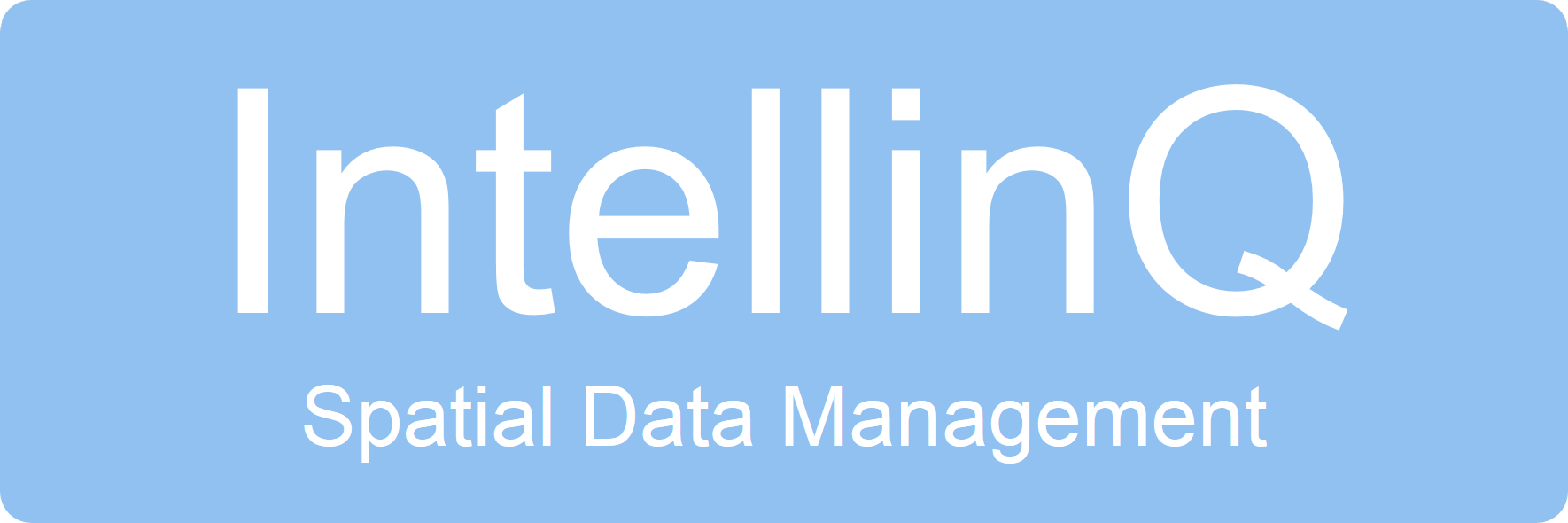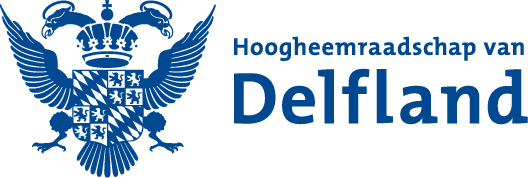Employee risk management
- Home
- Employee risk management
Employee risk management
The RI&E is a part of occupational health and safety (ARBO) legislation and is mandatory for every company with employees. The Risk Inventory (RI) involves identifying hazards within the company related to the safety, health, and well-being of employees. In the Evaluation (E), a risk assessment is made of these hazards, estimating and documenting the exposure to a potential risk, the likelihood of the risk occurring, and the possible effect of the risk.

The purpose of the RI&E is to promote safe and healthy working conditions for employees. Employers create an action plan outlining control measures for identified risks. The process of identifying and documenting risks and defining measures to minimize them is therefore crucial.
Hoogheemraadschap Delfland (Delfland Water Board)
Delfland, together with IntellinQ, has created a GeolinQ configuration for conducting the RI&E. Delfland chose GeolinQ, among other reasons, because the RI&E configuration can be adjusted as needed, such as importing the sector-specific RI&E. Additionally, the locations where inspections are conducted can be recorded, and monitoring is simplified as reports can be generated on all recorded data. The RI&E configuration can be used by users on any device with an internet browser. After logging in, each user has access to the functionalities relevant to them for conducting the RI&E.
The RI&E configuration is available to all organizations using GeolinQ and can be customized according to the organization’s needs. For example, the configuration can be modified by replacing the questionnaire from the Labor Market and Development Fund (A&O fund) with a custom questionnaire. Below is the description of the RI&E configuration:
Identifying Risks
The RI&E configuration includes questionnaires that can be used for inspections or interviews. By answering the questions during an inspection, risks can be identified. The questions are designed so that a negative answer indicates a potential risk. A negative response automatically leads to the registration of a risk observation. In a risk observation, the characteristics of the risk are recorded and quantified using the Kinney & Wiruth method. Additionally, for each identified risk, the related activity and team are documented. Files such as photos that further illustrate the observation can be attached to each record.
Evaluating and Assessing Risks with the Kinney & Wiruth Method
When recording an identified risk, the user quantifies the three characteristics of the risk:
- Exposure of employees to the risk
- Likelihood of the risk occurring
- Impact of the risk
The configuration includes a selection list with predefined values for each risk characteristic. Based on the selected values, the risk is quantified according to the Kinney & Wiruth method and classified into a risk category ranging from low to very high.
Recording Risk Control Measures
For each measure, the expected risk reduction is recorded. Based on this, the residual risk is calculated according to the Kinney & Wiruth method, quantifying the risk reduction achieved by implementing the measure.
In the RI&E configuration, measures are assigned to responsible action holders. To effectively minimize identified risks, it is crucial that action holders carry out the assigned measures. Reports within the RI&E configuration allow for monitoring the progress of these actions.
Monitoring the Implementation of Measures and Other Reports
Based on inspections, identified risks, assessments, and measures, reports can be generated within the RI&E configuration. Examples of reports include:
- Number of identified risks per activity
- Number of outstanding measures per team
- Number of measures with an expired deadline per team
- Number of outstanding measures for a high-risk observation
End users can create reports themselves based on all recorded information within the RI&E configuration. Reports can be easily exported to formats such as Excel for further analysis.

